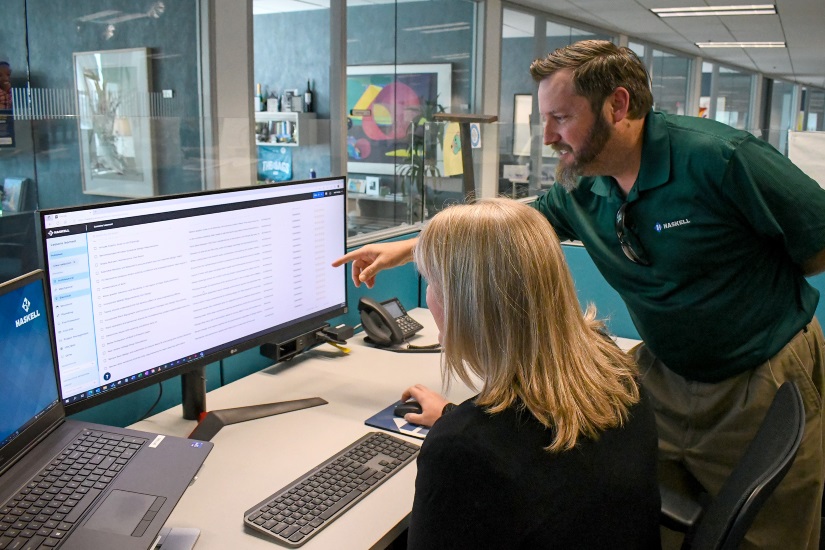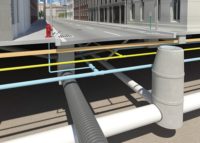
The world has been captivated by generative AI technologies like ChatGPT and Google recently.
There have been many conversations within organizations and in the media about the capabilities and limitations of generative AI. The big, early players in this space are “generalist” tools that pull their data from the entire internet, and people experimenting with them have used them for all manner of applications, from drafting marketing copy to writing papers for AP U.S. history class. As you might imagine, while the output has been fascinating, its quality has varied.
But as the early hysteria around generative AI has settled down, a more pragmatic discussion has emerged. How can we put this technology to work in focused ways? In the world of construction, how will it change the ways in which projects are designed and built?
Early Adopters
Architects are already using generative AI products such as Stable Diffusion, Midjourney, and DALL-E to rapidly generate early conceptual images for their projects. The ability to quickly translate text to images is enabling these forward-thinking architects to create compelling visuals that can fuel valuable conversations with their clients. Drawings that would previously have taken an architect weeks to create can now be developed in an afternoon with generative AI. What’s more, they can be modified instantly by just changing the underlying text that drives the design.
This is a stunning start for generative AI in the field of architecture and design. Imagine where the future will lead us as the technology becomes increasingly powerful. Soon, architects will be able to use generative AI to move beyond the conceptual images to buildable plans. From words to blueprints – it sounds like science fiction, but this future is closer than you think.
ALICE Technologies has applied generative AI to the challenges of construction scheduling for capital projects. Traditionally, project scheduling has been a process highly dependent on the knowledge of old school industry veterans. They’ve created schedules in a particular way for a long time — and they’ve used traditional tools like P6 and Microsoft Project to do it. What’s more, they’ve tended to develop a single schedule for a project, as experimenting with options is time-consuming and costly. With ALICE, in contrast, GCs and owners can create many possible schedules for their projects via generative AI, and then run “what if” analyses to determine how changing certain variables (number of cranes used) could impact the schedules they are considering. With major construction projects, schedule optimization can yield substantial savings in both time and costs. Before the advent of generative AI, such turbocharged scheduling simply wasn’t possible.
The Future
During the execution phase, generative AI will be used to keep projects on track by identifying progress vs. plan, identifying potential delays, and then recommending steps that companies can take to avoid or recover from these delays. Companies like Doxel and Versatile.ai are already using technology such as drones and hardhat-mounted cameras to capture information on a project’s status during the execution phase. They can then compare that information to original plans to flag problems. And with generative AI, it won’t be long until these same companies can come up with creative solutions to help builders who have run over budget or have missed key schedule milestones.
The wizardry that is generative AI has captured worldwide attention for good reason. It has great potential to change many facets of our lives, from the way we create to the very nature of our work. And while it can be easy to get caught up in societal-level musings about the impact of this technology, it is important to stay grounded, and to realize that in our industry, generative AI is already in play. The professionals that create and deliver the “built world” have put this technology to work more quickly than we’ve seen in other industries and we’re still in early innings. So if you’re not yet experimenting with how to put generative AI to work in your construction business, start now. Your opportunity to make an impact on the success of your business is tremendous.





Post a comment to this article
Report Abusive Comment